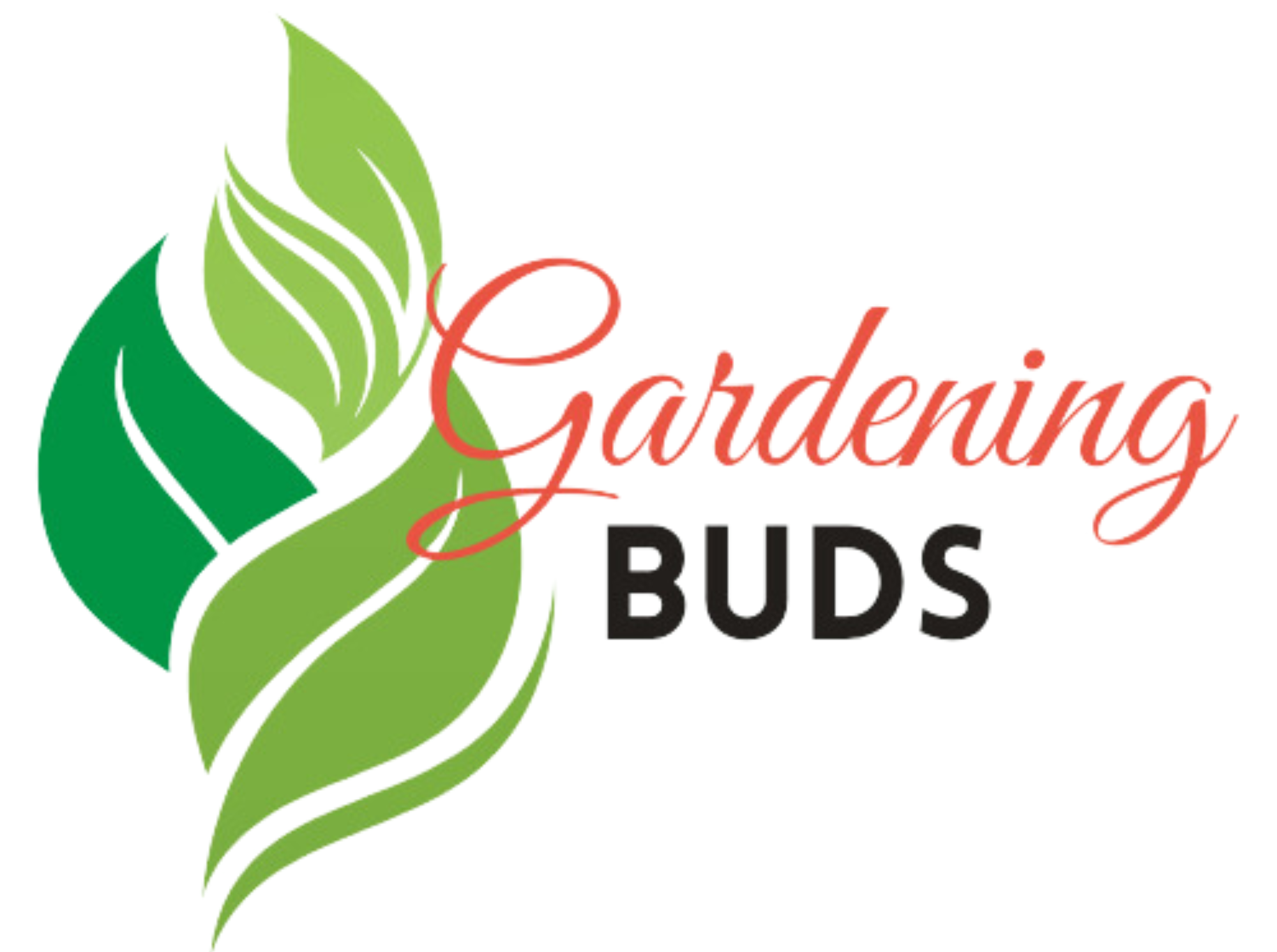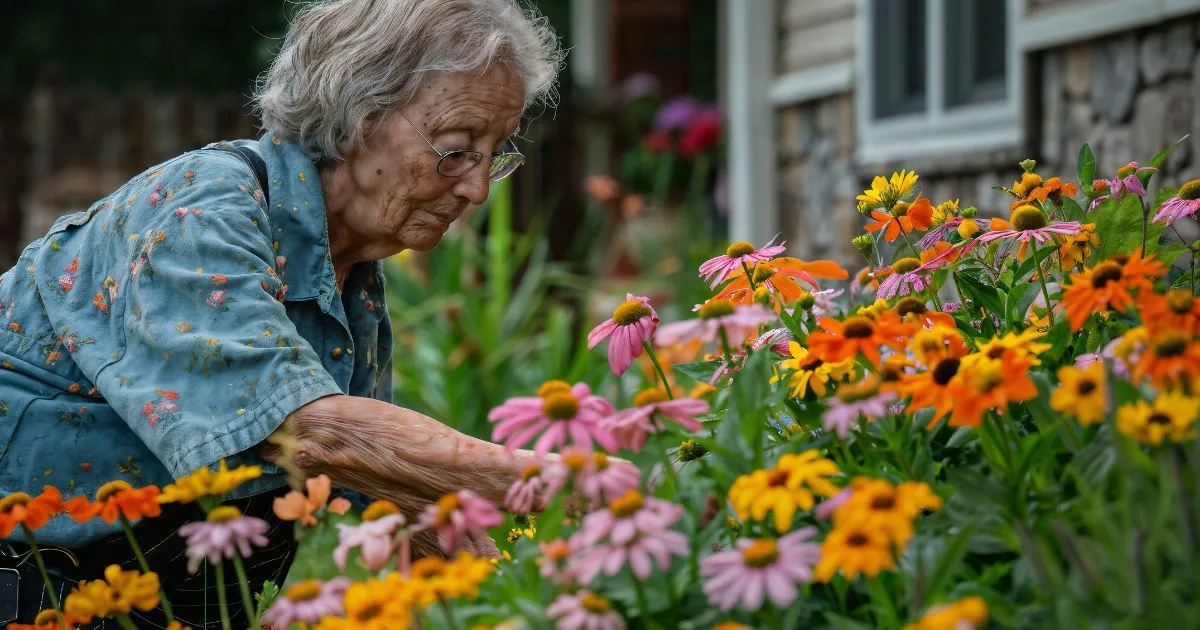Table of Contents
Introduction
Echinacea, commonly known as coneflower, is one of the most rewarding perennials you can grow in your garden. These stunning plants not only provide vibrant splashes of color from summer through fall but also offer medicinal benefits and attract beneficial pollinators. While many gardeners purchase mature echinacea plants, growing from seedlings allows you to nurture these beauties from their earliest stages, ensuring stronger plants and a more satisfying gardening experience.
This ultimate 2,500+ word guide will take you through every aspect of growing echinacea seedlings with expert-level detail. You’ll learn:
- The science behind echinacea germination
- Step-by-step propagation techniques
- Advanced care methods for robust growth
- Troubleshooting even the most challenging problems
- Professional tips for maximizing blooms
Whether you’re a novice gardener or a seasoned horticulturist, this comprehensive resource will give you all the knowledge needed to cultivate spectacular echinacea seedlings that will thrive for years to come.
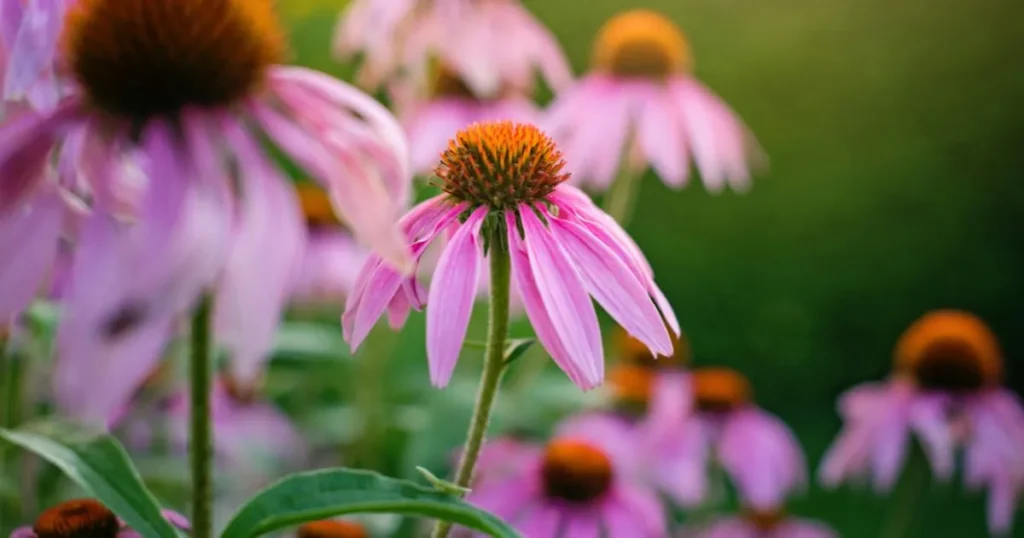
The Science Behind Echinacea Seedlings
Botanical Characteristics
Echinacea belongs to the Asteraceae family and exhibits several unique adaptations:
- Taproot system: Develops a deep central root that makes established plants drought-resistant
- Composite flowers: What appears as a single bloom is actually hundreds of tiny florets
- Dormancy mechanisms: Seeds have built-in inhibitors that prevent premature germination
Understanding these traits helps explain why echinacea seedlings require specific growing conditions compared to other perennials.
Germination Physiology
Echinacea seeds possess complex germination requirements that vary by species:
| Species | Germination Temp | Light Requirements | Stratification Needed |
|---|---|---|---|
| E. purpurea | 65-70°F (18-21°C) | Light-dependent | Not required |
| E. angustifolia | 55-65°F (13-18°C) | Light-independent | 30-60 days cold |
| E. pallida | 60-70°F (15-21°C) | Light-dependent | 30 days cold |
This table explains why some gardeners struggle with germination – they may not be providing the right conditions for their specific echinacea variety.
Growth Rate Timeline
| Growth Stage | Duration | Developmental Milestones |
|---|---|---|
| Imbibition | 24-48 hours | Seed absorbs water, metabolic activity begins |
| Radicle emergence | 5-10 days | First root appears |
| Cotyledon expansion | 10-14 days | Seed leaves unfurl |
| True leaf development | 14-21 days | First set of characteristic leaves forms |
| Vegetative growth | 3-8 weeks | Establishment of root system and foliage |
| Floral initiation | 10-16 weeks | Bud formation begins (if conditions allow) |
Understanding this timeline helps gardeners recognize normal development versus potential problems.
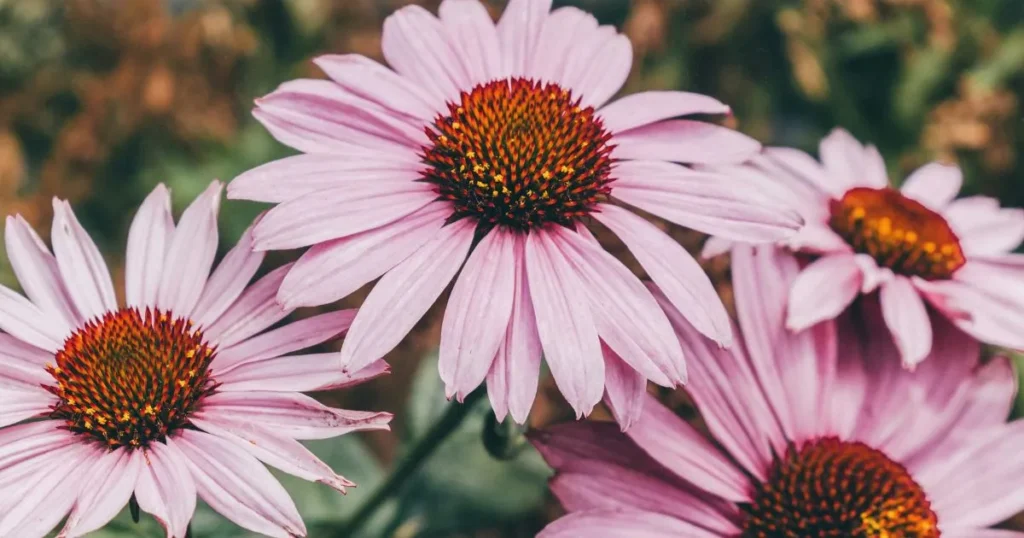
Professional Seed Starting Techniques
Advanced Stratification Methods
For species requiring cold stratification, consider these professional techniques:
- Controlled Refrigeration
- Place seeds between moist paper towels in sealed bags
- Maintain consistent 34-38°F (1-3°C) for prescribed duration
- Check weekly for mold or premature germination
- Outdoor Winter Sowing
- Sow in milk jug greenhouses in late fall
- Allows natural temperature fluctuations to break dormancy
- Particularly effective for E. angustifolia
- Gibberellic Acid Treatment
- Soak seeds in 250-500 ppm GA3 solution for 24 hours
- Can substitute for cold stratification in some cases
- Use with caution – improper concentrations can cause deformities
Precision Sowing Systems
Commercial growers use specialized systems that home gardeners can adapt:
- Plug trays: 72-cell trays with individual growing compartments
- Soil blocks: Compressed growing medium eliminates plastic waste
- Pelleted seeds: Clay-coated for uniform size and easy handling
Optimal Growing Media Formulas
The ideal seed starting mix for echinacea should have:
| Component | Percentage | Function |
|---|---|---|
| Sphagnum peat | 50% | Water retention, acidity |
| Perlite | 30% | Aeration, drainage |
| Vermiculite | 15% | Moisture regulation |
| Dolomitic lime | 5% | pH adjustment |
This blend provides the perfect balance of moisture retention and drainage critical for echinacea seedlings.
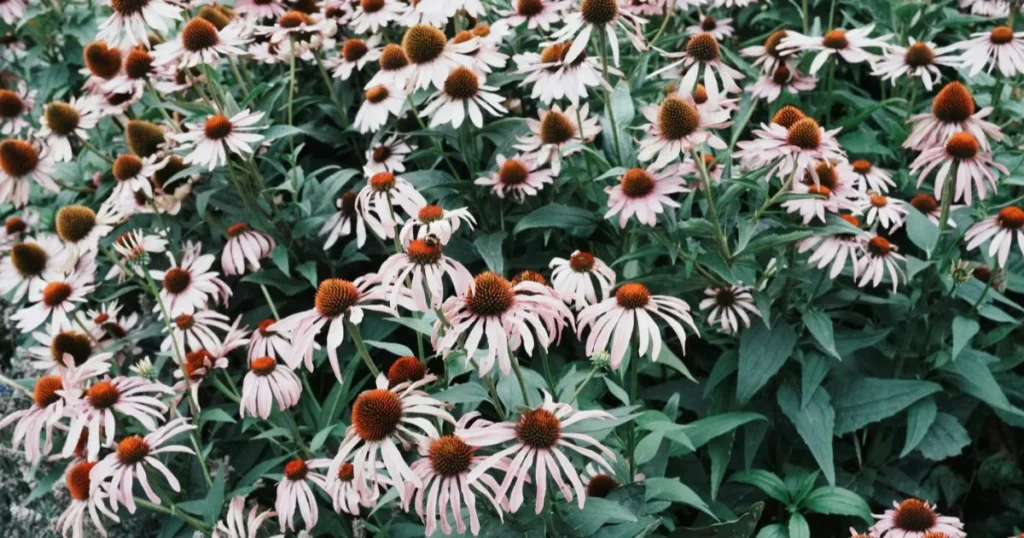
Master-Level Care Techniques
Photoperiod Manipulation
Echinacea seedlings respond dramatically to light duration:
- 18-hour days promote vigorous vegetative growth
- 12-hour days can trigger premature flowering in some cultivars
- Supplemental lighting with full-spectrum LEDs prevents legginess
Nutrient Management Program
| Week | N-P-K Ratio | Application Rate | Purpose |
|---|---|---|---|
| 1-2 | 10-10-10 | 50 ppm | Establishment nutrition |
| 3-4 | 15-5-15 | 100 ppm | Vegetative growth |
| 5-6 | 10-20-10 | 150 ppm | Root development |
| 7+ | 5-10-15 | 100 ppm | Flowering preparation |
This progressive feeding schedule mirrors commercial production methods.
Water Management Strategies
Prevent damping-off and root rot with these techniques:
- Bottom watering: Trays wick moisture upward as needed
- Cyclic irrigation: Short, frequent watering periods
- Moisture sensors: Digital probes prevent overwatering
Troubleshooting Complex Problems
Pathogen Identification Guide
| Symptom | Likely Pathogen | Organic Treatment |
|---|---|---|
| White powdery coating | Podosphaera echinacearum | Potassium bicarbonate sprays |
| Black stem lesions | Phoma spp. | Copper fungicides |
| Wilting despite moisture | Fusarium oxysporum | Biofungicides (Bacillus subtilis) |
Pest Management Protocols
Aphid Control:
- Release ladybugs (Hippodamia convergens)
- Apply insecticidal soap every 5-7 days
- Use reflective mulches to deter winged forms
Spider Mite Eradication:
- Increase humidity above 60%
- Apply rosemary oil extracts
- Introduce predatory mites (Phytoseiulus persimilis)
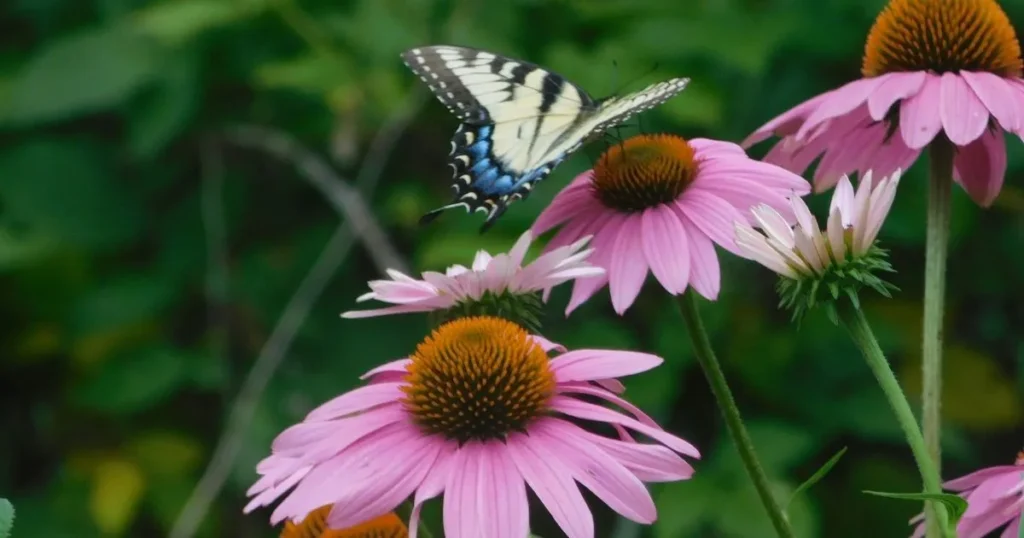
Conclusion
Growing echinacea seedlings represents both an art and a science. By applying these professional techniques – from precision stratification to advanced nutrient management – you can achieve results rivaling commercial growers. The extra effort invested in the seedling stage pays dividends for years, as well-grown echinacea plants can live 5-10 years or longer with proper care.
Remember that each echinacea species has unique requirements, so always research your specific variety. With patience and attention to detail, you’ll be rewarded with a stunning display of pollinator-friendly blooms that return more vigorously each season.
Advanced Grower FAQ
Can I force echinacea seedlings to flower in their first year?
Yes, with photoperiod manipulation and growth regulators, but this often weakens plants long-term. Most professionals recommend allowing natural development.
What’s the ideal cell size for plug production?
128-cell trays work well for initial propagation, with transplant to 50-cell trays after 4 weeks.
How do commercial growers achieve such uniform plants?
Through precise environmental control in greenhouses, including:
- CO2 enrichment (1000-1500 ppm)
- Daily light integral management (12-16 mol/m²/d)
- Computer-controlled fertigation systems
What root-to-shoot ratio indicates transplant readiness?
Look for a root mass that holds the plug together when lifted, with roots visible at drainage holes but not severely pot-bound.
Can I use echinacea seedlings for medicinal production?
Yes, but note that medicinal compound concentrations (alkylamides, phenolics) peak in 3-4 year old plants.
